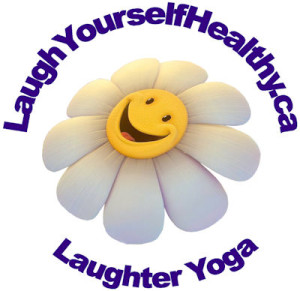The Limbic system is involved in all emotions, including laughter, as well as basic functions required for survival. The amygdala and the hippocampus are the two Limbic structures playing a role in laughter.
Dysfunction in the amygdala region of the brain has been linked to disorders such as depression, Parkinson’s and fragile-X syndrome, a disorder often marked by symptoms similar to attention deficit disorder and autism.
Problems with the hippocampus result in mental illnesses including Alzheimers, schizophrenia and severe depression.
The amygdala connects with the hippocampus and the medial dorsal nucleus of the thalamus. Through these connections, the amygdala plays an important role in the mediation and control of major human activities such as friendship, love and affection, and mood. The hypothalamus, especially its median part, is a major contributor to loud, uncontrollable laughter.
Research published in the Dec. 4, 2003 issue of Neuron showed that laughter activated an area of the brain called the nucleus accumbens, or the NAcc . The NAcc is involved in the pleasurable feelings that follow monetary gain or the use of some addictive drugs. The funnier the content, the more blood flow to the NAcc was measured, confirming its role in humor appreciation.
Laughter reduces mental tension and increases energy, enabling you to stay focused and accomplish more. Both sides of the brain are stimulated during laughing encouraging clarity, humor and creativity and better problem solving ability.
The yoga part of Laughter Yoga isn’t about doing yoga poses but deep diaphragmatic breathing. All the exercises can be done sitting down or standing up.
An hour session includes the history of Laughter Yoga, a laughter introduction, a warm-up involving stretching and breathing, the many benefits of laughing, involving a combination of interactive laughter and deep breathing exercises, (no poses), tapping into our child-like spirit, reflexology, memory recall, fundamental movement skills, using our imagination muscle and being creative, brain health exercises, HeartMath, singing, playing, and a cool down.
Ever since Laughter Yoga started in 1995 scores of people attending the laughter sessions have reported improvement in their health conditions especially those suffering from long term chronic diseases, depression, brain injuries and mental health issues.
